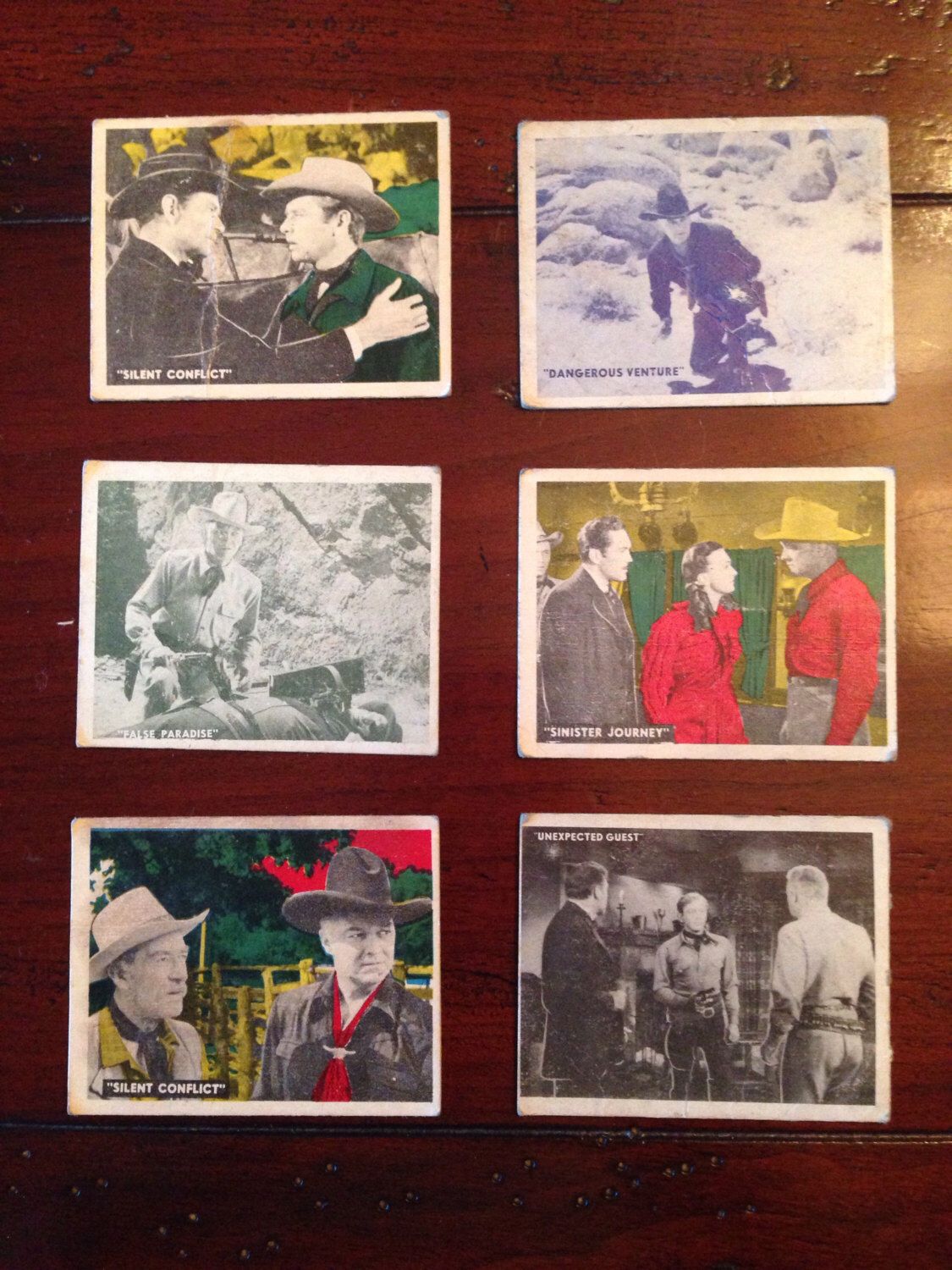
In the world of business, first impressions matter. And during the 1950s, one of the essential tools for leaving a lasting impression was a business card. These small pieces of paper not only conveyed contact information but also served as a representation of one’s professional identity. In this article, we’ll explore the significance of 1950 business cards, their design elements, and their role in the evolving business landscape of that era.
The Importance of Business Cards in the 1950s

During the 1950s, business cards played a crucial role in networking and establishing professional relationships. In an era without digital communication and smartphones, business cards were a tangible and convenient way to exchange contact details. These cards were commonly shared at conferences, meetings, and even social events, serving as a physical reminder of the individual and the company they represented.
1. The Power of Personal Contact
In an era where face-to-face business interactions were more common, business cards offered an opportunity to leave a lasting impression. Handing over a well-designed card with a firm handshake provided a personal touch, allowing individuals to make a connection that would be remembered long after the initial interaction.
2. Symbol of Professionalism
Business cards were not only a means of sharing contact information but also a reflection of one’s professional status. The design, quality, and attention to detail of a business card conveyed a sense of professionalism, credibility, and trustworthiness. Companies and individuals went to great lengths to ensure that their business cards were aligned with their brand image and reputation.
Design Elements of 1950 Business Cards

The design of business cards in the 1950s was heavily influenced by the prevailing aesthetic trends of the time. Let’s explore some of the key design elements commonly seen in business cards from that era.
1. Subtle Colors and Typography
The color palette of 1950s business cards was generally muted and subtle. Shades of beige, gray, and pastels were commonly used to maintain a professional and sophisticated appearance. Typography was often simple yet elegant, with serif fonts being popular for their timeless appeal.
2. Minimalistic Layouts
Business cards of the 1950s embraced minimalism in their designs. Clean and uncluttered layouts allowed the essential information to take center stage. Elements such as company logos, individual names, job titles, and contact details were strategically arranged to create a balanced and harmonious composition.
3. Finishes and Embellishments
Some 1950 business cards incorporated subtle finishes and embellishments to add a touch of elegance. Metallic foiling, embossing, or debossing were occasionally used to accentuate certain design elements or to convey a sense of exclusivity. These techniques were often employed in moderation, avoiding excessive ornamentation.
The Role of Business Cards in the 1950s Era of Business
During the 1950s, the business landscape was still predominantly offline and traditional. Business cards played a crucial role in establishing and nurturing professional relationships. Let’s explore their significance in different realms of the business world during that era.
1. Networking and Sales
In a time when face-to-face networking was paramount, business cards were essential tools for sales professionals and entrepreneurs. These small pieces of paper transcended the initial meeting, enabling continued communication and fostering business connections. For salespeople, business cards served as a reminder to potential clients, ensuring they had the necessary contact information at their fingertips.
2. Professional Identity
Business cards were not only beneficial for individuals but also for companies. They represented the brand identity and provided an opportunity for organizations to showcase their professionalism and attention to detail. A well-designed business card, with the company’s logo and color scheme, helped to reinforce brand recognition, leaving a positive impression on clients and partners.
3. Changing Business Landscape
While business cards were crucial during the 1950s, the business landscape started to change towards the end of the decade. The advent of computer technology and advancements in telecommunication began to pave the way for a digital future. However, the importance of business cards persisted, even as new methods of communication emerged.
Conclusion

In the fast-paced, technologically-driven business world of today, the significance of traditional business cards may have diminished. However, delving into the history of business cards from the 1950s reminds us of their importance during a time when personal interactions were paramount. Business cards of that era not only served as contact information carriers but also as symbols of professionalism and trust. While the way we connect and interact has evolved, the essence of leaving a memorable impression remains significant in modern-day business practices. So, the next time you exchange a business card, remember the legacy of the 1950s â_x0080__x0093_ a time when these small pieces of paper held immense power in forging professional connections.
William’s writing reflects a deep passion for graphic design and marketing. With a background in the visual arts, he adds a unique perspective to his content. In his spare time, William enjoys visiting art galleries and seeking out the latest design trends.